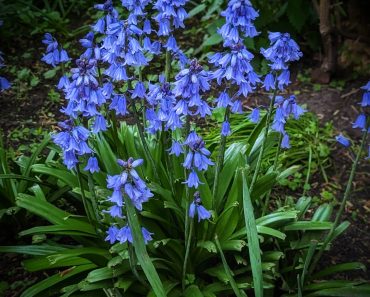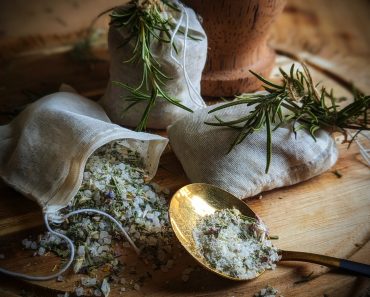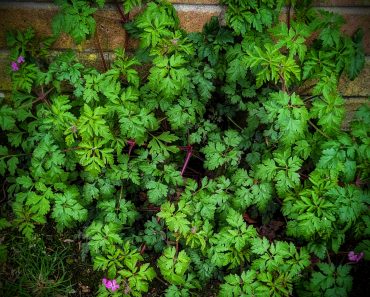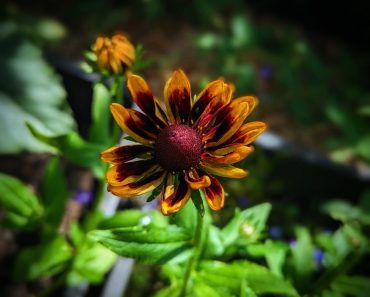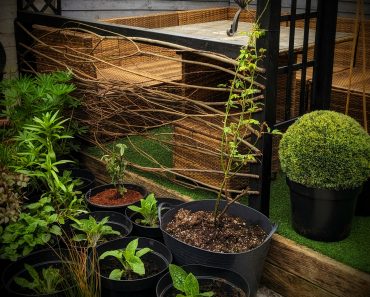Gorgeous Zinnias! Beautiful Annual flowers that brighten up any flower bed! The perfect flower for first time gardeners. Zinnias are easy to grow and make wonderful cut flowers. Here’s how I grow mine…
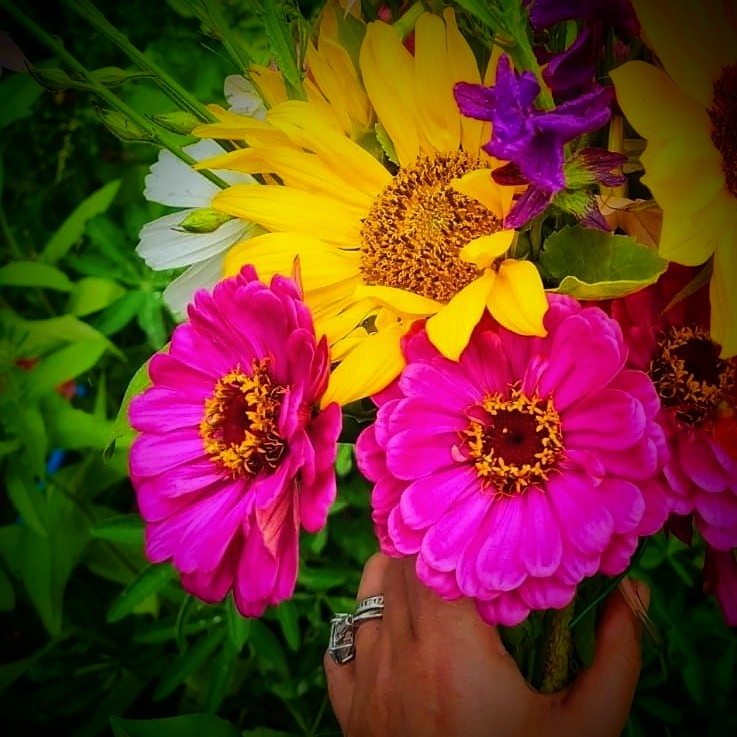
This post may contain affiliate links please see my disclosure policy
What is a Zinnia?
Zinnias belong to the Asteraceae family, otherwise known as the daisy family. In the UK they are Annuals and are incredibly popular due to their colourful daisy-like blooms. Suited well to the UK due to their cold tolerance (* Note they will not Tolerate frost) Zinnias can differ in Appearance, some have the traditional daisy-like appearance, others resemble Dahlias. They come in every colour of the rainbow! You can expect… yellow, orange, white, red, pink, purple, and multicolored. The height your Zinnias will reach, is dependant on the variety you choose to grow, but anywhere from 15 cm to 1m is the standard.
A Little Zinnia History
Zinnias are a very old flower! Native to Mexico and Central America. It is believed they date back to the time of the Aztecs, a Mesoamerican culture that lived in central Mexico from 1300 to 1521. The Aztecs declared the blooms “plants that are hard on the eyes” due to the bright and vibrant colours of the flowers. The Spanish agreed with this determination and referred to Zinnias as “mal de ojos,” meaning “sickness of the eyes,”. In fact, back then, the bright flowers were not seen as beautiful, but rather a jarring and unpleasant flower to look at…crazy, right?
Zinnia’s found their way to Europe in the 1700’s, a German Botany professor by the name of Johann Gottfried Zinn discovered them, he brought the seeds home and so began a worldwide fascination with the Vibrant blooms! But it wasn’t until the late 19th century that Zinnias began to gain notable popularity, Zinnia Cultivation really took off when breeders from Germany, Italy and Holland began breeding bright and bold Zinnias with desirable characteristics for the masses.
The Sacred Flower
The Navajo Tribe, a Native American people of the Southwestern United States consider Zinnias to be one of nature’s ‘Sacred Life Medicines’ and often use the blooms for medicinal and ritual purposes. To The Pueblo Tribes the Zinnia Flower was symbolic of wisdom, and so they were fed to children in the hope they would grow to be intelligent, well spoken adults
The Gift Of Zinnia
Dependant on culture, geography and belief… Zinnias can mean different things to different people. Here is a run down of what a Bunch of Zinnias could represent..
The usual modern day symbolism of Zinnias is friendship, endurance, remembrance and lasting affection. You can also relay a message to a loved one simply by matching the colour of the Zinnia to the occasion…
Yellow Zinnias– Remembrance.
Red Zinnias– Steadfastness and family relations.
Purple Zinnias – Lasting affection
White Zinnias -Purity, goodness and faith
Pink Zinnias– Paternal Love
Orange Zinnias– Long term health and wellness
5 Reasons To Grow Zinnias In Your Vegetable Garden
- Pollinators-Zinnias produce a lot of nectar, attracting bees and butterflies to the garden. Pollinators are of course essential for a healthy vegetable garden
- Attract Beneficial Predators-Zinnias Attract ladybirds and parasitic wasps, which is very handy! as they feed on a wide range of harmful pests that can destroy vegetable crops. These pests include Aphids and spider mites. Spider mites love to feed on tomato, cucumber, peppers and Aubergine crops, plant Zinnias in The greenhouse to keep them at bay!
- Sacrificial Plant for Beetles– Zinnias are like a beacon for Beetles, drawing them to the blooms and not your valuable crops. Flea Beetles for example love to feed on the leaves of brassicas, rocket, radish, swede and turnip. Plant Zinnias nearby to lure them away
- Gentle shade– Zinnias are tall but single stemmed, making them an ideal bed companion for plants that may need partial shade during the hotter months
- Pop Of colour!– They will Bring vibrancy to predominantly green veggie beds
How To Grow Zinnias
Zinnias are such a wonderful flower! Once you grow them…you will always grow them! They are insanely beautiful and incredibly easy to grow. They require very little fussing and are mostly drought tolerant…they wont keel over if you miss a day or 2 of watering!
Some Zinnia Seeds Varieties I recommend…
Affiliate links
Zinnia ‘Giant Purple Prince’..My favourite!
When To Sow Zinnia Seeds Indoors
- Sow indoors from March to May
- Sow 1/4 inch deep in moist compost in pots, modules or trays…I also like coir coins
- Cover with a propagator lid or cling wrap
- Place on a sunny windowsill, seedlings should appear within 2 weeks
- Once the seedlings are large enough to handle, prick out and pot on into individual modules or pots
- Plant out in a sunny spot around 20 cm apart once all risk of frost has passed. * Be sure to harden off indoor raised plants before planting out
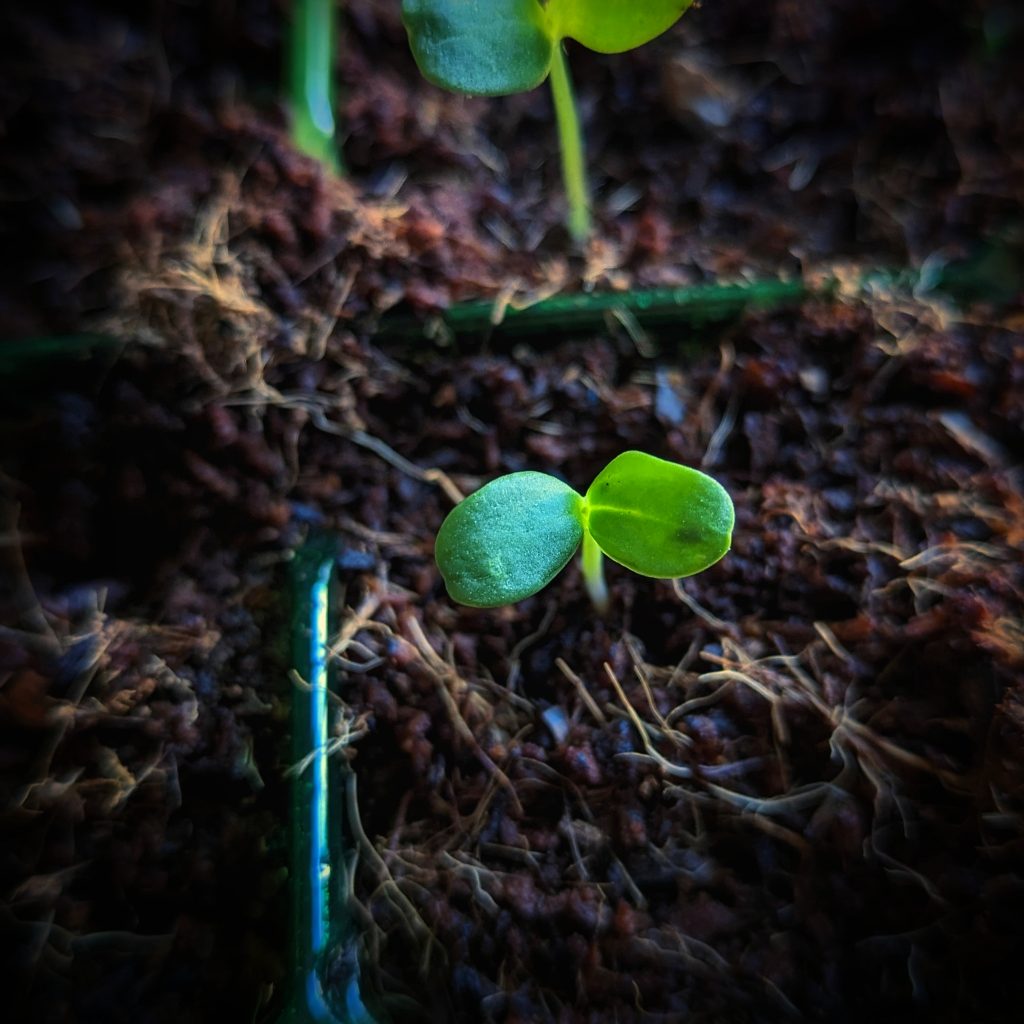
What Does Hardening Off Mean?
Plants raised indoors or in a greenhouse environment, need to be acclimatised to cooler temperatures and increased air movement for about two to three weeks before they are planted outdoors permanently. This is a ‘toughening up’ practice to prepare the plants for their new environment.
How to Harden Off
Place your plants out for a couple of hours in a shady part of the garden. The next day, leave them out again for two hours, but this time allow the plants an hour of direct sunshine in the morning. Gradually continue to increase the length of time the plants are in direct sunshine over the course of roughly two weeks.
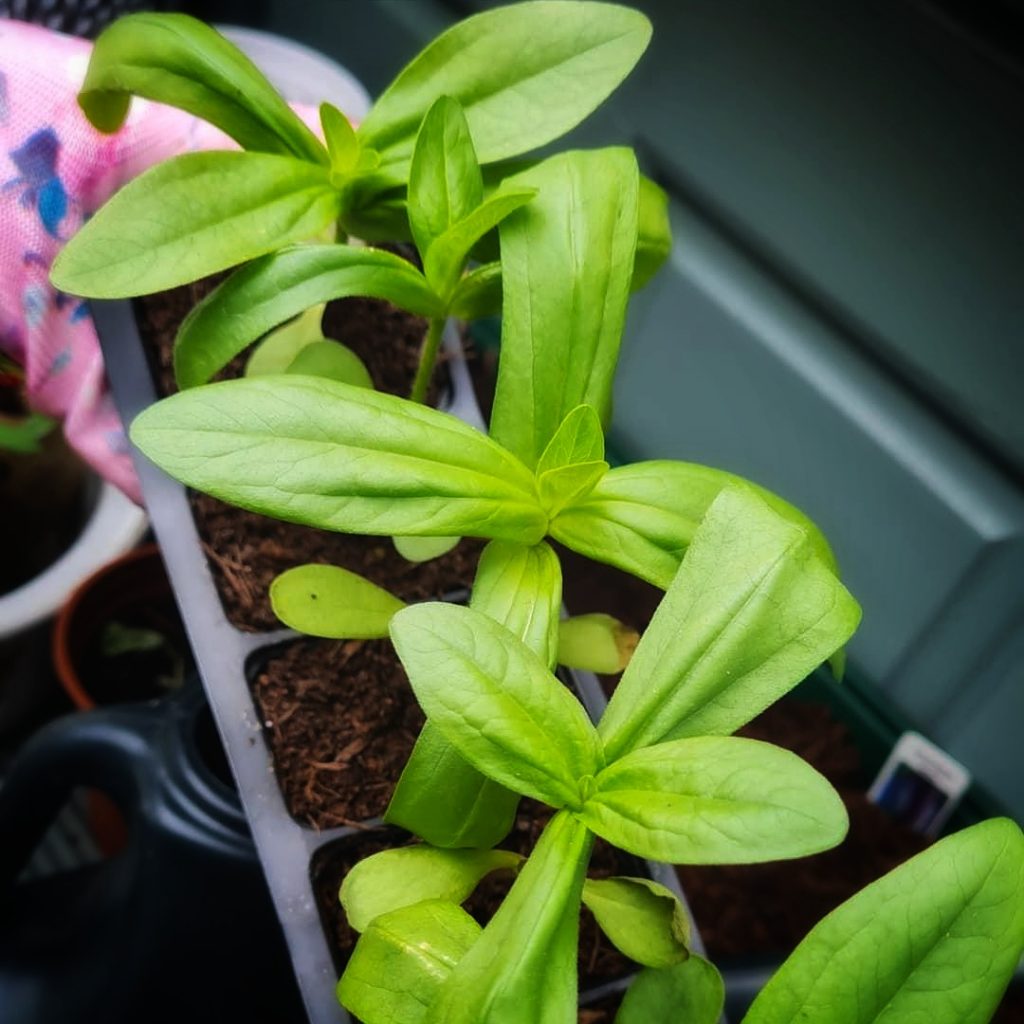
When To Sow Zinnia seeds Outdoors
- Direct sow Zinnia seeds outdoors from April to May once the soil has warmed up.
- Choose a sunny spot and rake the soil to a fine tilth
- Sow Seeds thinly at a depth of 1/4 inch in drills around 20 cm apart. Water and wait
- Seedling should appear with 7-14 days
- When the seedlings are large enough to handle, thin out to 20 cm apart
Where to Plant Zinnias
Zinnias love a full sun spot and even thrive in Hot Dry conditions. Grow in a Well drained soil.
Can You Grow Zinnias In Pots?
Absolutely! Zinnias are quite happy to grow in pots, the Dwarf varieties and Giant varieties! Just provide them with at least 6 hours of sunshine and a pot large enough to accommodate them.
Zinnia Water Requirements
Water well once a week, more so if you are experiencing particularly hot temperatures…In the UK, I rarely water more than once a week.* Twice a week for pot grow Zinnias. Try to water in the morning to avoid pests and diseases
Keep picking!
Zinnias make wonderful cut flowers. Pick often for continuous blooms throughout summer. Every time you cut a bloom away, it encourages the plant to produce more stems…more stems=more flowers!
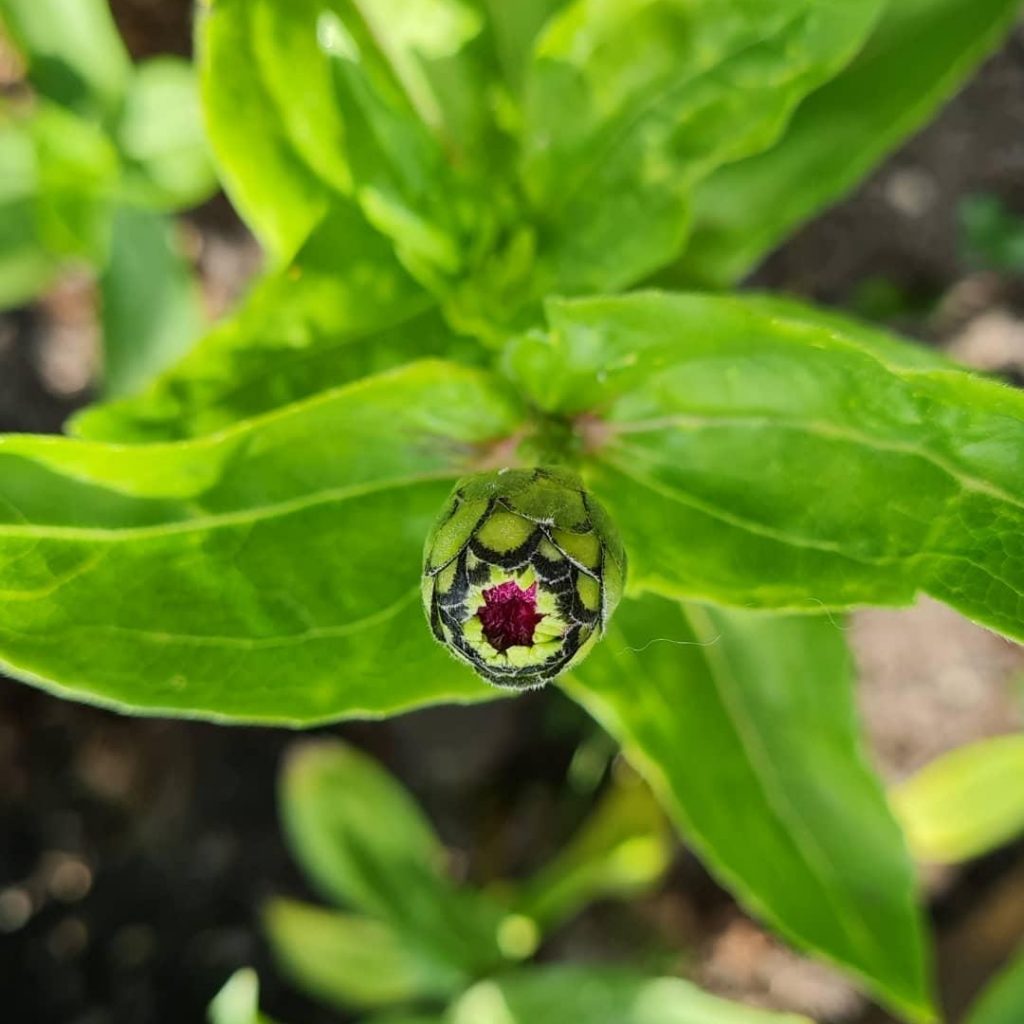
Zinnia Vase life
How long will Zinnia cut flowers last in a Vase? Zinnias have a wonderfully long vase life, you can expect 7-12 days of colour before they begin to fade.
Deadheading Zinnias
To extend the life of your Zinnias and encourage new growth, remove flowers once they begin to fade. How to Prune/ Deadhead Zinnias -Use sharp scissors or pruners and cut off the flower just above a set of leaves.
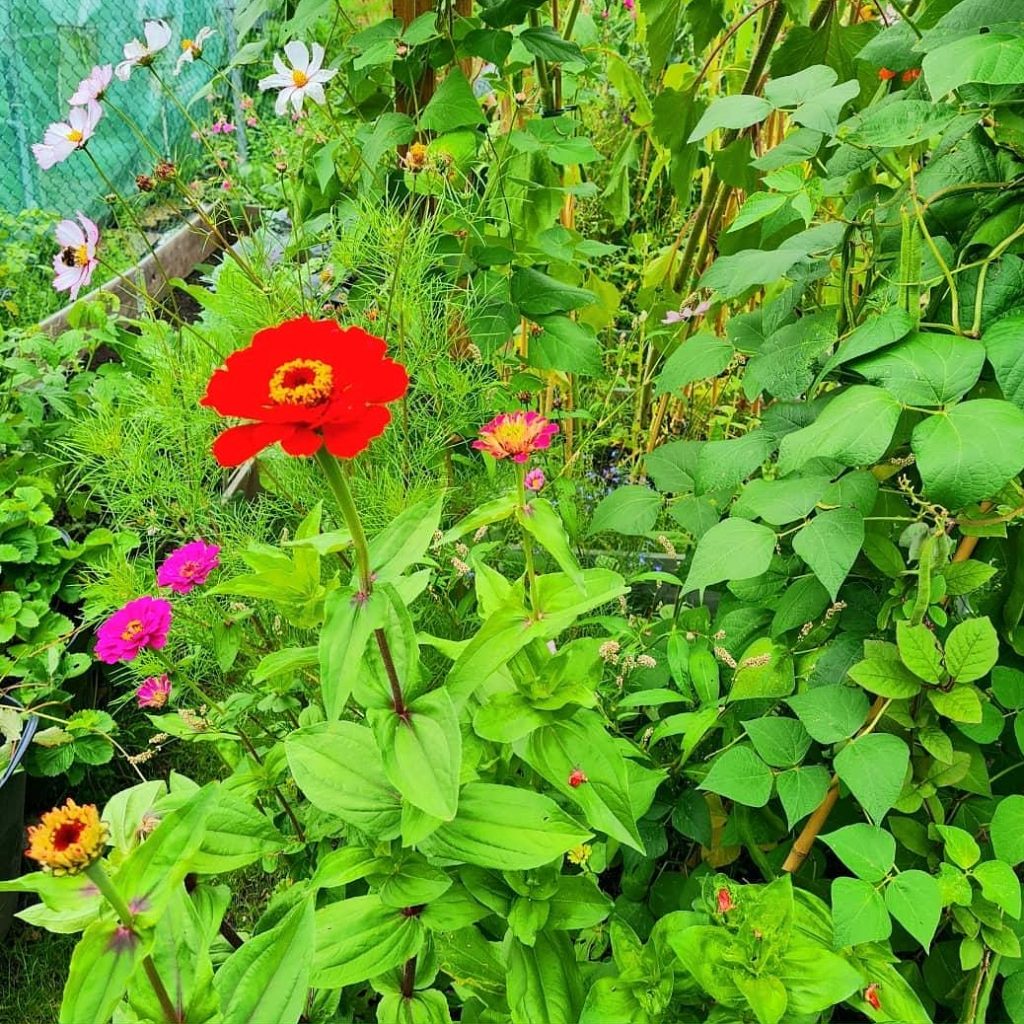
Looking For More Flower Growing Posts?
Looking To Grow A Vegetable Garden?
Looking For more ‘Homely’ Inspo ?
Have a Nosey Around the Blog! See what i’ve been Baking, Growing and Drinking! Also, pop over and say Hi on Instagram

